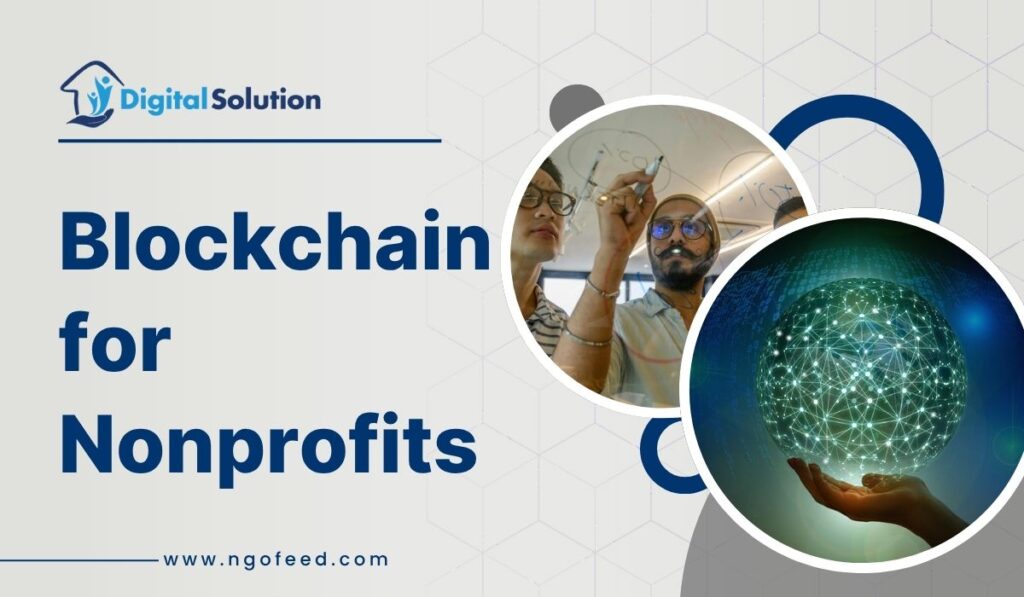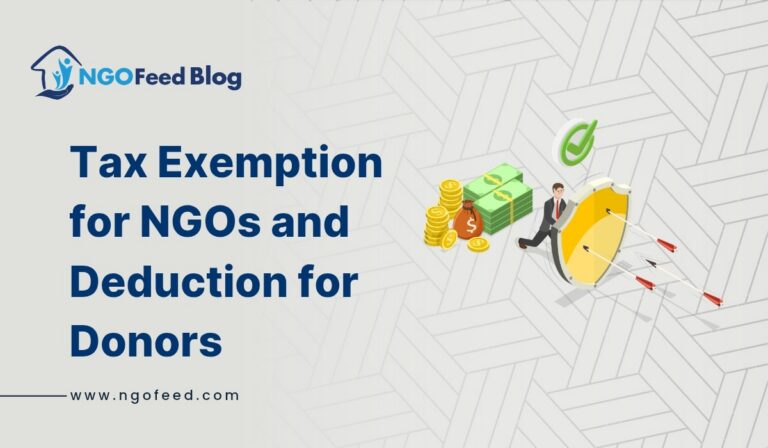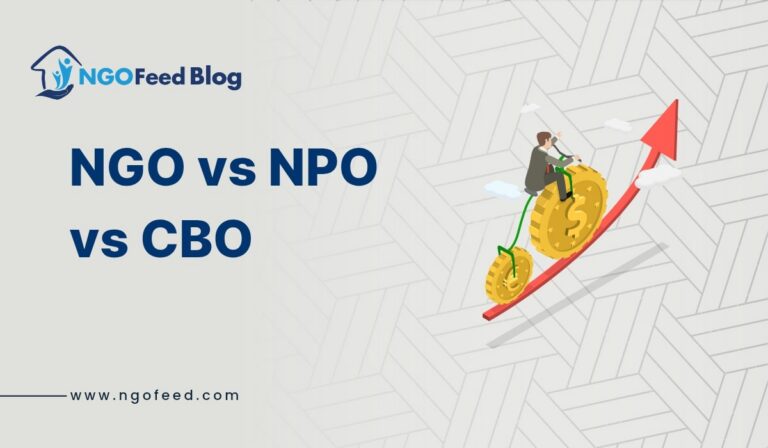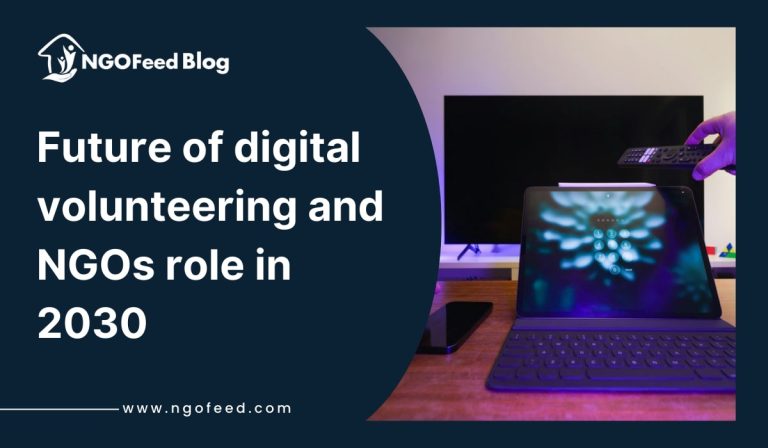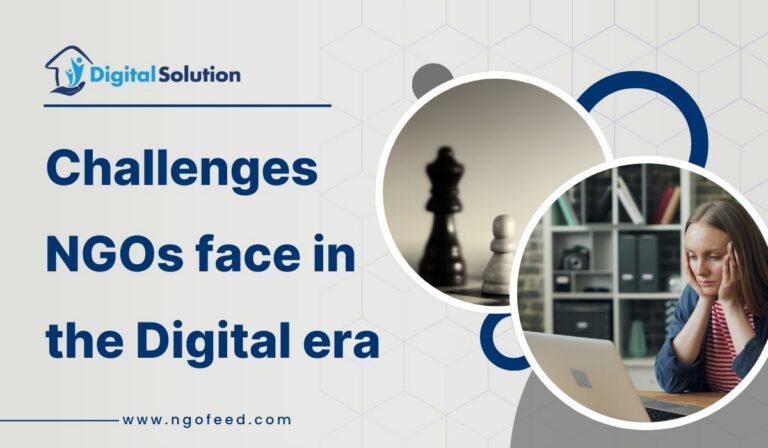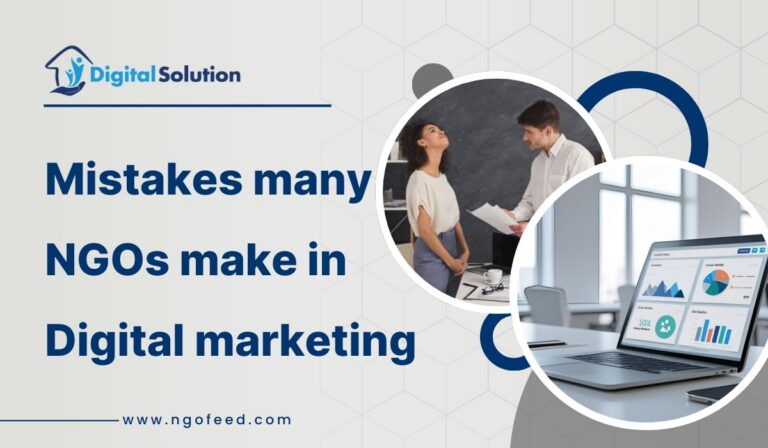Blockchain for Nonprofits: Originally created for digital currency like Bitcoin, blockchain technology has become a powerful tool with uses far beyond finance. Blockchain offers a game-changing opportunity for nonprofit organizations—which rely mostly on openness, accountability, and trust—to revolutionize processes, donor engagement, and impact analysis. Blockchain helps to ensure that all contribution matters and is recorded in a day when stakeholders want more openness and traceability.
Table of Contents
What then is Blockchain?
A distributed, tamper-proof digital ledger called blockchain links events sequentially and adds block entries. Once data is entered, it cannot be changed unless all nodes concur.
Also Read: Digital Advertising Acronyms for Nonprofits
Among the key characteristics are:
- Decentralization
- Paucity of donor trust
- Abuse or inappropriate financial distribution
- Fund transfer delays
- Low clarity into program results
Why blockchain for Nonprofits?
Organizations sometimes encounter challenges like:
- A scarcity of donor trust
- Misuse or improper allocation of funds
- Fund transfer delays
- Poor visibility into program results
Blockchain solves these by:
- Guaranteed full traceability of donations
- Activating conditional fund distribution by means of smart contracts
- Reducing transaction costs using cryptocurrencies or decentralized finance (DeFi)
- Automating reporting and auditing methods
Also Read: Role of Data Analytics in Nonprofit Decision Making
Nonprofits’ Advantages of Blockchain
1. Greater Openness: Using cryptocurrencies or decentralized finance (DeFi) lowers transaction costs. Automatically reporting and auditing systems More Openness This creates accountability and fosters trust.
2. Smart Contracts: Blockchains enable programmable contracts. A smart contract might, for example, only release money when certain project targets were reached, hence reducing fraud and waste.
3. Lower Operating Expenses: Blockchain enables nonprofits to save significant administrative and transactional costs by lowering demand on intermediaries like banks, remittance companies, and auditors.
4. Swifter Cross-Border Transfers: By means of cryptocurrencies like Ethereum or stablecoins, charities may go around traditional banking systems and quickly send assistance straight to local partners or beneficiaries all over.
Also Read: Future of NGOs How Trends Like Web3
5. Better donor participation: Donors can receive automated updates, influence reports, even digital tokens as proof of their support, therefore encouraging gamification and constant participation.
6. Auditability and Anti-Corruption: Blockchain’s immutable ledger guarantees a safe and verifiable path.
Applications and Real-World Examples
1. Help for openness
- Donors may follow the real-time effects of their donations to different global causes via Give Track by Bit Give Foundation.
2. Donations of cryptocurrency
- Accepting cryptocurrency contributions and employing blockchain to control aid delivery in conflict zones, the Red Cross, Save the Children, and UNICEF.
3. Digital Identity for Beneficiaries
- For marginalized groups (e. g., refugees), blockchain aids in the development of reliable identities so they are certain to get services without exclusion.
Also Read: Collaboration vs Competition
4. Distributed Giving
- Giveth or Alice is providing donor-funded smart contracts whereby money is released only upon confirmed results.
Areas of Possible Influence: Healthcare and Immunization Initiatives
- Disaster relief
- Refugee assistance
- Education in Remote Regions
- Programs of Food and Nutrition
- Reforestation and Climate
Challenges and Constraints
Although blockchain offers potential, nonprofits should be mindful of:
- Technical challenges: Many areas lack digital infrastructure or expertise.
- Particularly with respect to crypto use, legal and regulatory uncertainty abound.
- Energy issues: Certain blockchains are energy-intensive; however, newer models like proof-of-stake help to solve this.
- Donor change: Crypto-based donating may be unfamiliar or doubtful to conventional donors.
Also Read: Best Practices for Strategic Planning in Nonprofits
Implementation Recommendations for
- Begin modestly: Try blockchain in one project before expanding. Collaborate with blockchain companies or platforms that provide charity help.
- Educate Stakeholders: Train staff and tell donors about blockchain’s advantages and uses.
- Blend blockchain with conventional finance for versatility using hybrid models.
- Maintain knowledge of laws on data privacy and cryptocurrencies so that you may ensure compliance.
Also Read: 10 Instagram Tips for the Modern Nonprofit
Conclusion
Blockchain is more than a buzzword; it is a potent invention that will transform the future of nonprofit activity. Blockchain provides a strategic benefit for mission-driven organizations from raising donor confidence to making aid distribution more effective and corruption-proof. By adopting blockchain, charities may create more resilient, transparent, and scalable systems—so guaranteeing that aid reaches the hands most needy and that every gift causes a real, quantifiable impact. Financial records are almost impossible to change.

